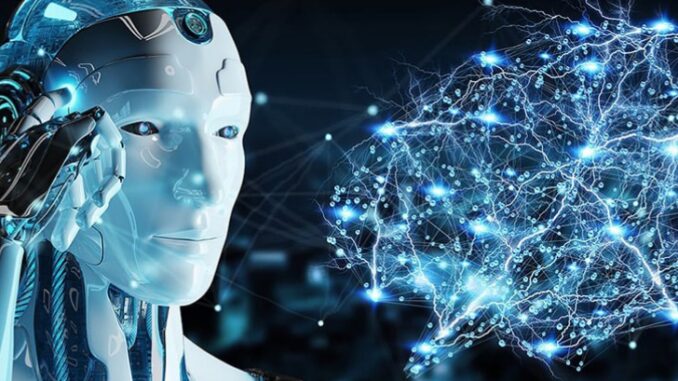
Improved contextual understanding in AI refers to the advancement of technologies that enable machines to grasp the nuanced meanings of language based on the context in which it is used.
This enhancement is crucial for a range of applications from natural language processing (NLP) to machine translation, content generation, and more.








Here’s an in-depth look at how improved contextual understanding AI is achieved and its applications:
Techniques and Technologies for Improved Contextual Understanding
Transformers Architecture
Self-Attention Mechanism: Transformers use self-attention to weigh the importance of different words in a sentence relative to each other. This allows the model to understand context more effectively by considering all parts of the input simultaneously.
Example: BERT (Bidirectional Encoder Representations from Transformers) reads text in both directions (left-to-right and right-to-left) to capture the full context of words.
Pretrained Language Models
Contextual Embeddings: Modern models like BERT and GPT generate embeddings that represent words based on their surrounding context, rather than as fixed vectors. This dynamic representation captures meaning based on the sentence structure.
Example: GPT-3 uses deep learning to generate text based on complex contextual cues from the input, producing coherent and contextually relevant responses.
Fine-Tuning and Transfer Learning
Domain-Specific Training: Pretrained models can be fine-tuned on specific datasets to adapt them to particular domains or tasks, enhancing their ability to understand context within those areas.
Example: Fine-tuning BERT on medical texts improves its performance in understanding medical terminology and context.
Few-Shot and Zero-Shot Learning
Few-Shot Learning: Models are trained to generalize from a small number of examples, enabling them to understand and perform new tasks with limited data.
Zero-Shot Learning: Allows models to handle tasks without direct training on them by leveraging their general understanding of language and context learned from broad datasets.
Attention Mechanisms
Multi-Head Attention: Used in transformers to capture different aspects of the input data simultaneously, allowing models to focus on various parts of the context for a more comprehensive understanding.
Example: Multi-head attention in models like BERT helps in understanding the relationships between different words and phrases in complex sentences.
Contextualized Language Models
Contextual Embeddings: Models like ELMo (Embeddings from Language Models) generate embeddings based on the entire sentence context rather than isolated words, improving understanding of word meanings in different contexts.

Leave a Reply